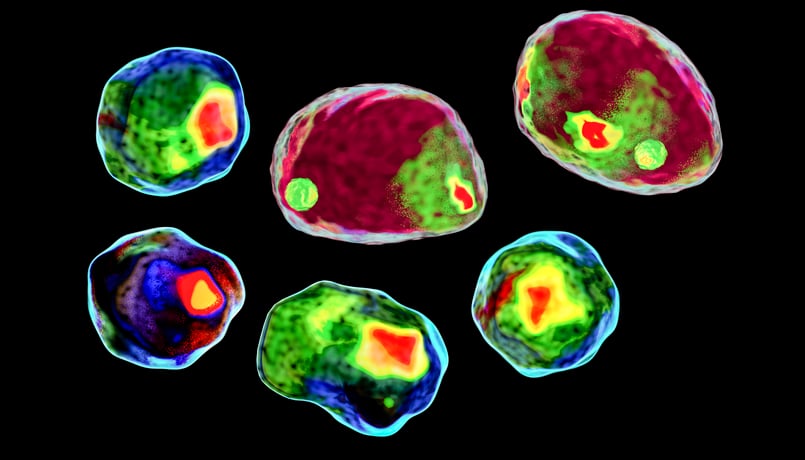
Translational Research - Biomarkers - Rare Diseases
Precision Medicine in Pediatrics: Biomarkers and Assay Development
|


Receptor occupancy (RO) assays are commonly employed to measure pharmacodynamic (PD) data. These assays have a broad range of uses across preclinical and early stages of clinical trials, all the way through later stages. PD data can then be correlated with pharmacokinetic (PK) profiles to establish PK/PD relationships and guide decision-making in dosing.
Precision provides flow cytometry services from multiple labs in the US and Europe. To help streamline projects, Precision also offers customized kitting for sample collection, a global network of sample processing labs, and logistics services to rapidly move samples to labs for analysis.
RO assays are validated for intended use and suitable for proof of concept, exploratory, secondary, or primary clinical trial endpoints.
Consult with Precision to decide on this critical step of RO assay development. The selection of assay format largely depends on the mechanism of action (MOA) of the drug and availability of reagents.
Preclinical target verification and MOA: Determining RO through development is critical because many of these biologics have long half-lives. Understanding their binding characteristics can have an impact on lead compound selection.
Phase 1: Typically, this class of drug is very potent, and improper dosing protocols can potentially result in severe side effects or even be lethal. The identification of minimal anticipated biological effect (MABEL) model starting doses or Pharmacologically Active Doses (PAD) may require RO assessments in conjunction with PD and PK in order to appropriately guide dosing protocols.
Phase 2: Efficacy of dosing and administration protocols to help predict the levels of RO and whether the receptor is modulated up or down on cells that are engaged by the biotherapeutic.
Phase 3: Population PD for long-term safety and efficacy studies.
Flow cytometry assays are validated and used under a fit-for-purpose approach. The parameters included in the validation of an assay should always depend on the purpose of the assay.
Because RO assays are typically performed on whole blood in real time and can be performed on PBMCs, sample stability must be taken into consideration.
Stability considerations:
Other considerations:

Explore best-practice methods and find useful considerations and tips for experimental design, sample prep, and data analysis.
Explore all resources
Sample processing with expertise in PBMC isolations from labs across 5 continents
Read our blog to gain more insights and discover work that Precision has supported.

Translational Research - Biomarkers - Rare Diseases

Translational Research - Biomarkers - Assays

Translational Research - Biomarkers - Assays
